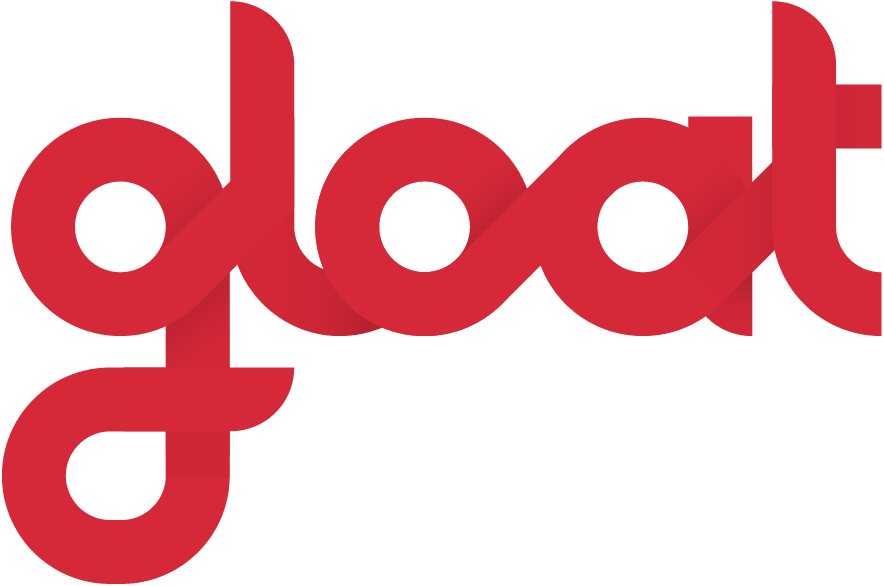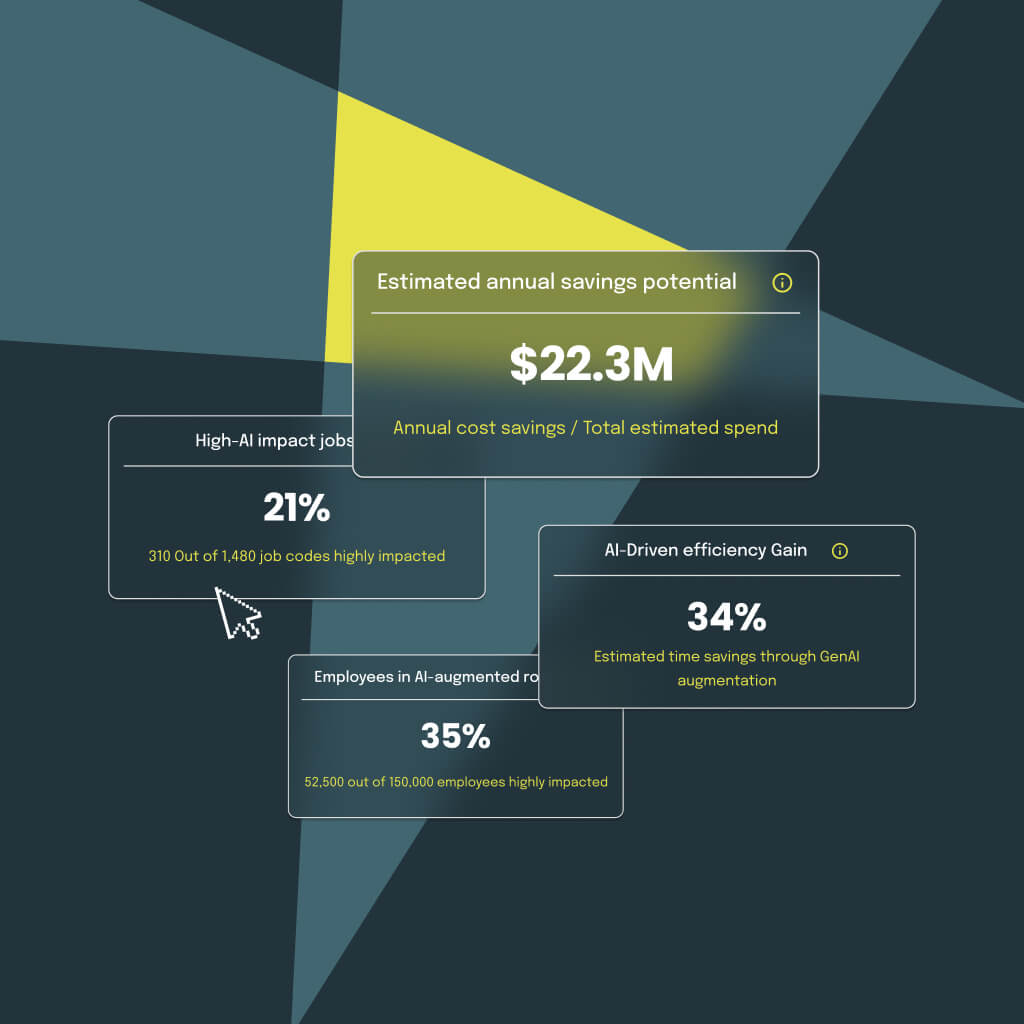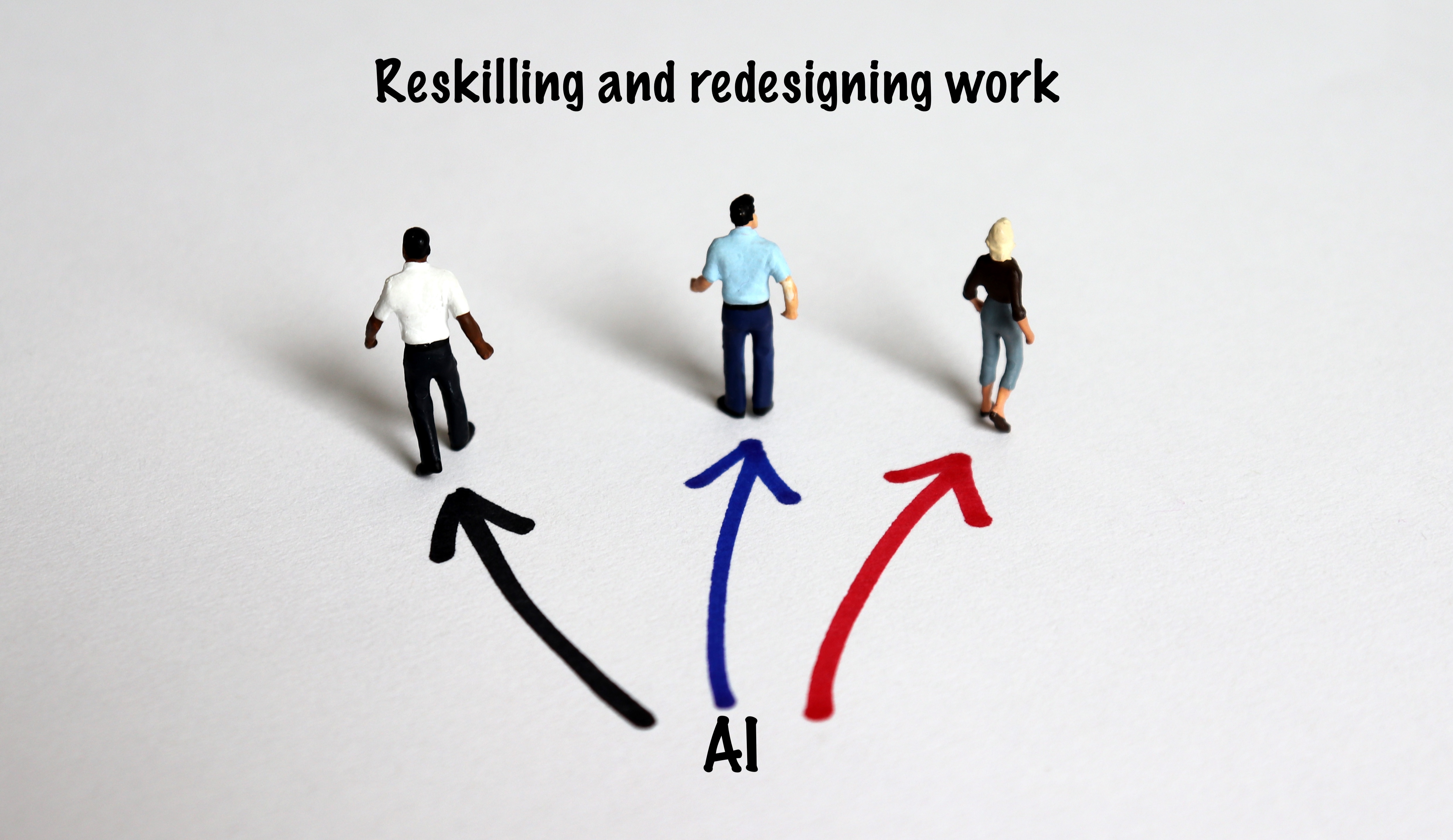10 Key AI Workforce Trends In 2026
What leaders need to know as AI reshapes jobs, skills, and the future of work
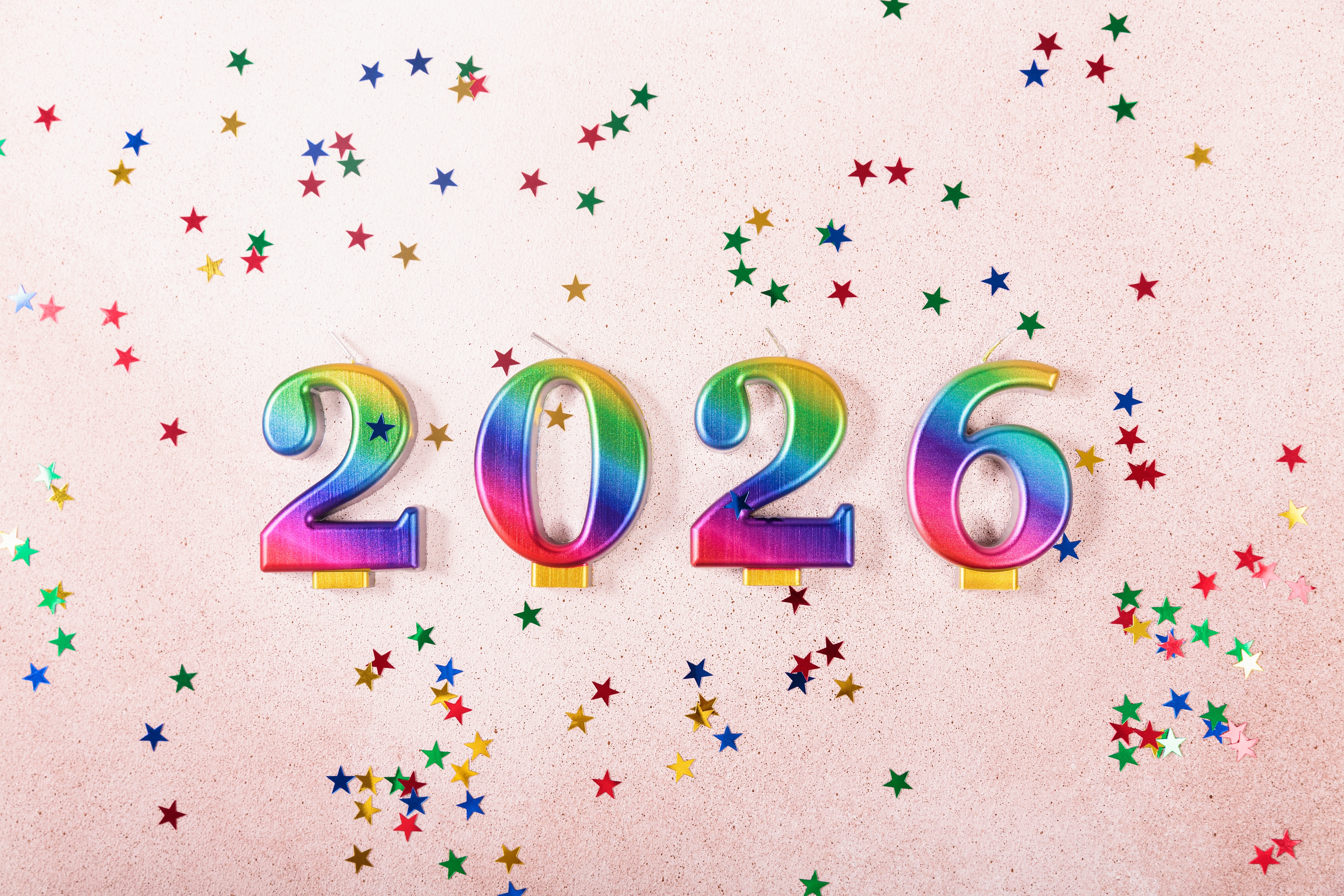
AI workforce transformation isn’t something leaders can put on their roadmaps; it’s happening in the here and now. As we move into 2026, early experiments will give rise to enterprise-wide deployments, new regulatory frameworks, and increased pressure to pivot ahead of the curve. The organizations that are first to adapt will be best positioned to thrive, will their slow-to-respond competitors are likely to fade into the background.
The stakes have never been higher, but the good news is that AI is creating more opportunities than many predicted. PwC’s 2025 Global AI Jobs Barometer found that job numbers are rising even in highly automatable roles—and workers with AI skills command wage premiums up to 56% higher than their peers. Since the window for preparation is narrowing, we’re breaking down the ten trends that will define AI workforce transformation in 2026.
10 Key AI Workforce Trends In 2026
#1. Accelerated Job Transformation and Displacement
The conversation has shifted from “will AI take jobs?” to “how are jobs changing?” The World Economic Forum projects that by 2030, job disruption will affect 22% of all jobs, with 170 million new roles created and 92 million displaced, yielding a net gain of 78 million positions.
The fastest-growing roles are in technology, data, and AI, but significant growth is also expected in healthcare, education, and green economy jobs. The key insight: AI is transforming work more than eliminating it, and the workers who thrive will be those who can adapt their skills to complement AI capabilities.
#2. The Rise of Human-AI Hybrid Teams
Collaboration between humans and AI is becoming the default operating model. Deloitte’s research finds that most workers prefer combining technological tools with human interaction and the vast majority across all age groups want an even mix of AI and human collaboration. By 2027, half of companies using generative AI are expected to launch agentic AI applications capable of complex work with limited oversight. The winning organizations aren’t choosing between human and AI workers; they’re designing workflows that leverage the unique strengths of each.
#3. Surge in Demand for New AI-Specific Skills
The skills earthquake is accelerating. According to the World Economic Forum, employers expect 39% of workers’ core skills to change by 2030. AI and big data top the list of fastest-growing skills, followed by networks and cybersecurity and technological literacy.
But here’s what matters most: human skills—creative thinking, resilience, flexibility, and leadership—remain critical. The most valuable professionals in 2026 will combine technical AI fluency with distinctly human capabilities that machines can’t replicate.
#4. Wage Premiums and Economic Shifts
AI proficiency is becoming a significant differentiator in compensation. PwC’s analysis reveals that workers with advanced AI skills earn 56% more than peers in the same roles without those skills. Meanwhile, productivity growth has nearly quadrupled in industries most exposed to AI since 2022. The economic message is clear: AI skills aren’t just career insurance; they’re increasingly a requirement for accessing the fastest-growing segments of the labor market.
#5. Emergence of New AI-Driven Job Roles
New job categories are emerging that didn’t exist five years ago. Gartner predicts that generative AI will spawn entirely new roles in software engineering and operations. AI prompt engineers, machine learning specialists, and AI ethics officers are becoming standard positions. But perhaps more significant is how existing roles are evolving—from data entry clerks becoming data analysts to customer service representatives becoming AI-human collaboration specialists. The organizations that succeed are creating new career pathways that didn’t exist before.
#6. Upskilling and Reskilling as Strategic Imperatives
Training is no longer optional; it’s existential. The World Economic Forum reports that 85% of employers plan to prioritize workforce upskilling by 2030, and 59% of the global workforce will need training. The challenge is urgency: an estimated 120 million workers are at medium-term risk of redundancy because they’re unlikely to receive the reskilling they need. Gartner notes that 80% of the engineering workforce alone will need to upskill through 2027 just to keep pace with generative AI’s evolution. Organizations that treat learning as a core business function—not an HR afterthought—are positioning themselves to win.
#7. Ethical Oversight and Responsible AI Integration
As organizations deploy AI at scale, questions about bias, transparency, and accountability are moving from theoretical to urgent. Gartner’s strategic predictions warn that atrophy of critical-thinking skills due to GenAI use will push 50% of organizations to require “AI-free” skills assessments by 2026. The organizations that build trust through transparent AI practices and meaningful human oversight are earning both employee confidence and customer loyalty.
#8. Generative AI’s Expanding Role in the Workplace
GenAI is moving from experimentation to enterprise deployment. Gartner reports that 1 in 2 HR leaders have now deployed GenAI in their HR function, and the question has shifted from whether to invest to how quickly.
But there’s a critical caveat: initial investments in highly-touted GenAI tools have often fallen short of expected productivity gains. Success requires more than deployment; it demands thoughtful integration into workflows, employee enablement, and realistic expectations about what AI can and can’t do.
#9. AI’s Effect on Management Layers
AI is flattening organizational structures in ways many didn’t anticipate. Gartner predicts that through 2026, 20% of organizations will use AI to flatten their organizational structure, eliminating more than half of current middle management positions. AI can automate scheduling, reporting, and performance monitoring—tasks that traditionally required supervisory oversight. The implications are profound: remaining managers must shift to strategic, value-add activities, while organizations face the challenge of maintaining leadership pipelines when entry-level and middle-management roles shrink.
#10. Emerging AI Labor Laws and Worker Protection Frameworks
Regulation is catching up with innovation. The EU AI Act—the world’s first comprehensive AI regulation—classifies workplace AI uses like recruitment and performance evaluation as “high risk,” requiring transparency, human oversight, and worker notification. Banned practices, including emotion recognition in the workplace, took effect in February 2025. Similar frameworks are emerging globally. For HR leaders, this means compliance is no longer optional: AI systems used in employment decisions must be documented, monitored for bias, and subject to human review.
Adapting to AI Workforce Trends in 2026
The trends above paint a clear picture: AI is reshaping work at an unprecedented pace, and adaptation is no longer optional. Here’s how individuals and organizations can position themselves to thrive.
Individual Adaptation Strategies
Start by understanding how AI affects your specific role—not through fear, but through curiosity. Identify tasks that AI can enhance or automate, and focus on developing skills that complement those capabilities. Seek out hands-on experience with AI tools relevant to your field; passive awareness isn’t enough. Consider how your expertise can be combined with AI to create value that neither could achieve alone. The professionals thriving in 2026 aren’t those avoiding AI—they’re the ones actively learning to work alongside it.
Developing Human-Centric Skills
As AI handles more technical and analytical tasks, distinctly human capabilities become more valuable. The World Economic Forum identifies creative thinking, resilience, flexibility, and leadership as skills rising in importance alongside technical AI fluency.
Critical thinking is particularly essential and increasingly rare. As AI generates more content and analysis, the ability to evaluate, question, and synthesize becomes a differentiator. Invest in skills that require contextual judgment, emotional intelligence, and strategic vision—these remain firmly in the human domain.
Continuous Learning and AI Literacy Resources
Make learning a habit, not an event. The pace of AI advancement means knowledge becomes outdated quickly—what worked six months ago may already be obsolete. Take advantage of industry-led training programs, online learning platforms, and employer-sponsored development opportunities.
The EU AI Act now requires employers to ensure staff have sufficient AI literacy, which means training should become more available. But don’t wait for formal programs; experiment with AI tools directly, stay current on developments in your field, and seek out communities where you can learn from peers navigating the same challenges.
The AI workforce transformation of 2026 isn’t something that will happen to us; it’s something we can actively shape. The organizations and individuals who succeed won’t be those who resisted change or waited for perfect clarity. They’ll be the ones who treated uncertainty as an opportunity: building new skills, designing new workflows, and creating new value at the intersection of human expertise and AI capability.
Ready to understand how AI is reshaping work at your organization? Tools like Gloat Signal can help you map skills, identify transformation opportunities, and build the workforce capabilities you’ll need to thrive in the AI-powered future of work.
